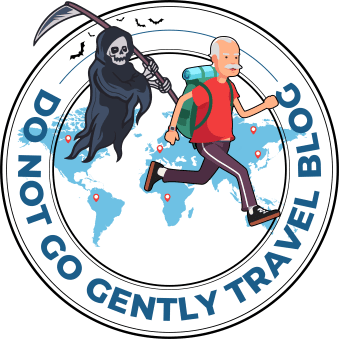Is Colombia safe for tourists in 2025? A Solo Explorer’s Guide to Staying Safe in Colombia
Tell your friends and family you’re going to Colombia and the reaction you’re likely to get is: “Really? Is Colombia safe for tourists?” It’s a fair point — Colombia’s history with drugs and violence used to hit the headlines regularly and put it on pretty much every country’s no-fly list.
But all that is largely in the past. The government has cracked down heavily on the drug trade, and the 2016 peace agreement with the FARC rebels has made Colombia, and Bogotá in particular, a safe and attractive destination for travellers.
That said, there are still areas the FCO advises as “essential travel only”, and visitors should certainly take care and avoid behaviour that attracts attention. Major security incidents do still occur, so caution is essential. Government advice changes frequently in line with local events. Please, do your own checking as to the latest position, as travelling against government advice can invalidate your travel insurance.
This guide outlines the risks and what visitors should be aware of to ensure their trip to this vibrant, culturally rich, and fascinating country is safe.
The Do Not Go Gently Travel Blog uses affiliate links. If you make a purchase after clicking on one of these links, I may receive a small commission payment at no extra cost to you.
When planning my trip to Colombia, I used the following resources.
Hotels – Booking.com
Tours and Activities – Get Your Guide & Viator
Flights – Trip.com
Books and Guides – Amazon
Travel Guide –
Bird Field Guide – Birds of Belize: 158 (Princeton Field Guides)
Why Go to Colombia? Is Colombia Safe?
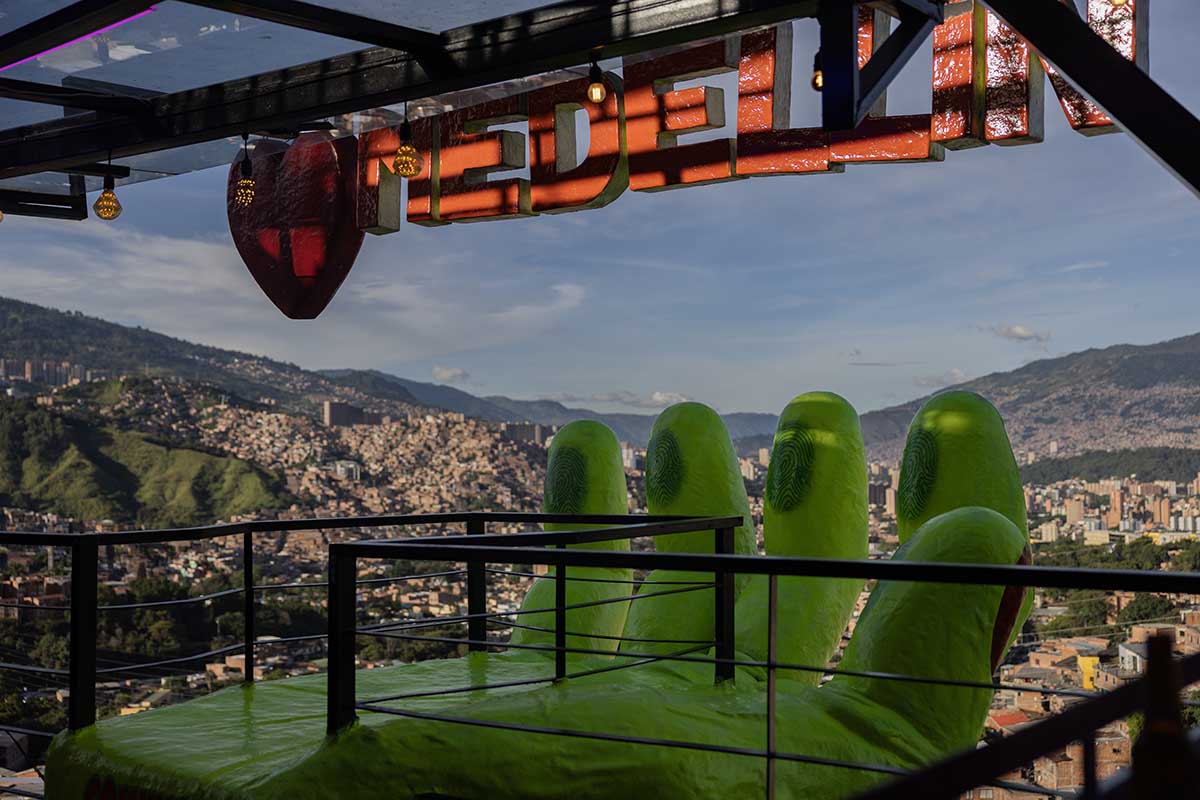
Before asking whether Colombia is safe for tourists, let’s consider whether it’s worth visiting at all. (Spoiler alert: the answer is a resounding yes.)
Colombia possesses stunning landscapes, beautiful colonial towns, great food, and an energetic culture. It is also one of the most biodiverse countries in the world: 20% of the world’s bird species can be found here, many of them endemic.
Whether your interests lie in sipping some of the world’s best coffee in Salento, hiking the towering peaks of the Andes, spotting pink river dolphins in the Amazon, or salsa dancing until dawn in Cartagena, Colombia has something for you.
Is Colombia Safe for Tourists in 2025?
The short answer: Yes — for most tourists, Colombia is safe if you take standard travel precautions.
A phrase you’ll often hear in Colombia is “No des papaya” — literally, “Don’t give papaya”. In practice, it means don’t wear jewellery or flash cash around, both of which can attract the wrong kind of attention.
Of course, security conditions vary depending on where you are. Security is good on the “Gringo trail” (from Bogotá to the Caribbean coast), making it no more dangerous than other South American countries. If you go off-piste into the border regions, the threat level rises considerably.
Assuming your trip covers the more orthodox areas, then yes, Colombia is safe for tourists.
The Safest Places in Colombia for Tourists
If you’re wondering where to go, these Colombian destinations are generally considered safe for tourists in 2025:
Cartagena
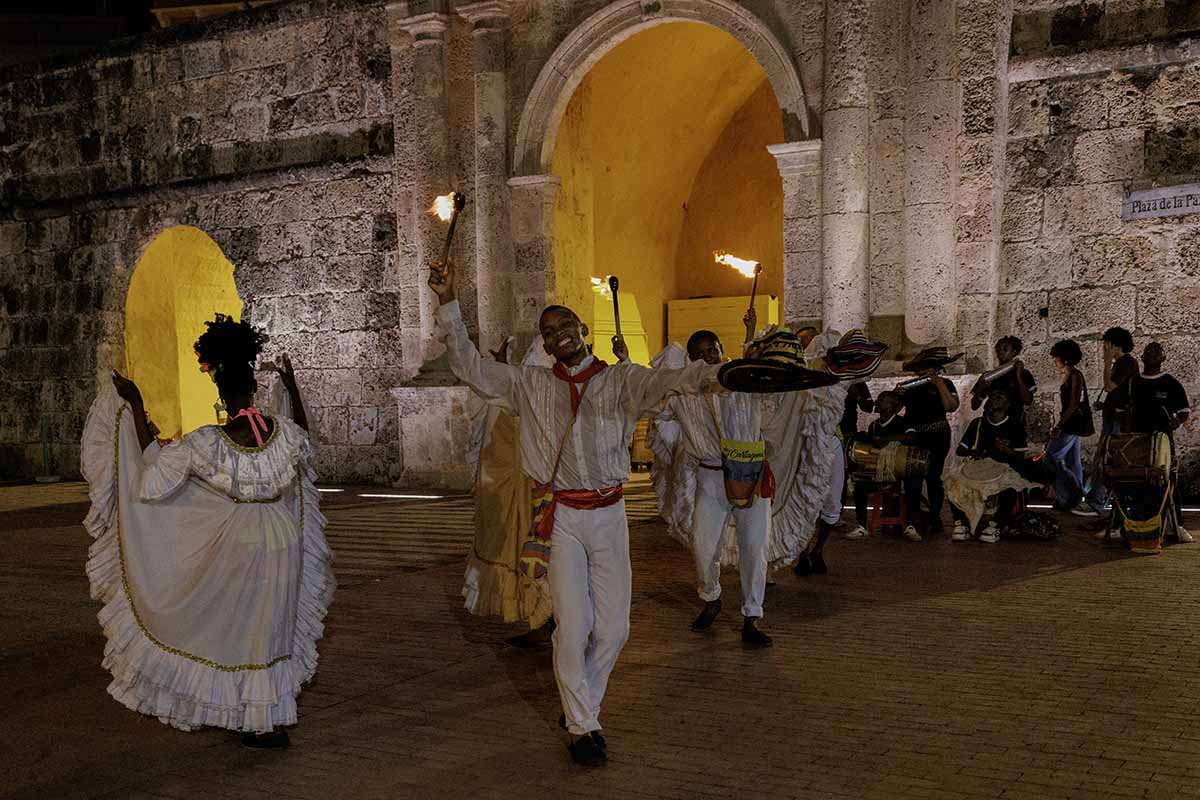
Tourism is big business in Cartagena, so safety is taken extremely seriously. Expect a strong police presence in tourist areas. While this doesn’t prevent petty crimes such as pickpocketing, it greatly reduces violent crime. You’re more likely to be pestered by hawkers or street rappers who improvise verses in front of you and expect payment. The best approach is to ignore them and keep moving.
This is especially true in the Walled City and along the Caribbean beaches.
Medellín
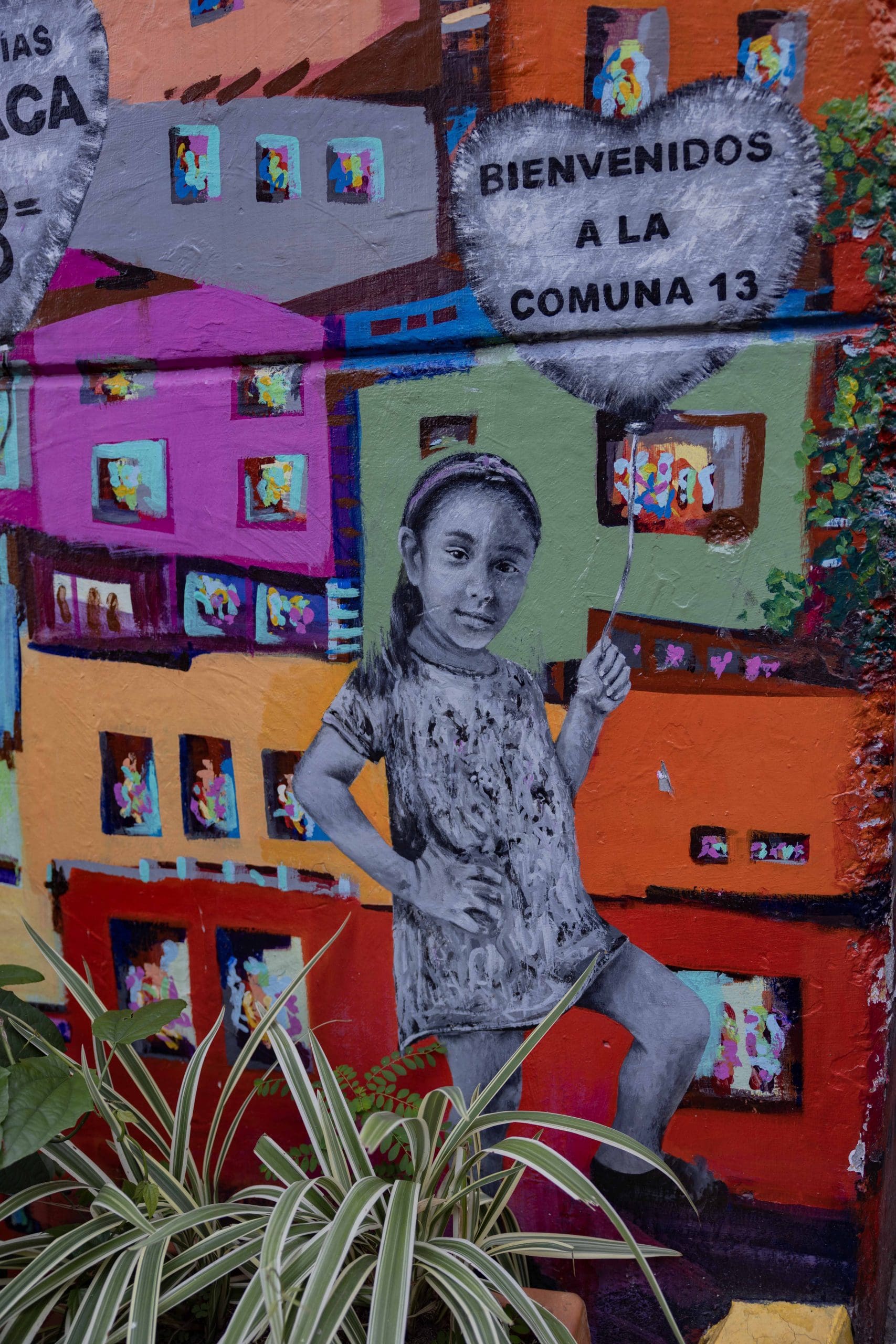
Medellín was once the murder capital of the world. Today it’s the poster child for urban renewal. Infamous areas such as Comuna 13 — once considered no-go zones even for police — now welcome tourists eager to see its striking graffiti.
Tourist-friendly areas like El Poblado (often dubbed “Gringo Town” by locals) are also heavily policed, and you’re unlikely to encounter serious trouble.
The city’s modern, punctual metro system is another source of pride. It’s generally safe, but pickpockets do target it during rush hour. On a Comuna 13 tour, our guide spotted two pickpockets eyeing us up on the platform, but they backed off once they realised they’d been seen.
Bogotá
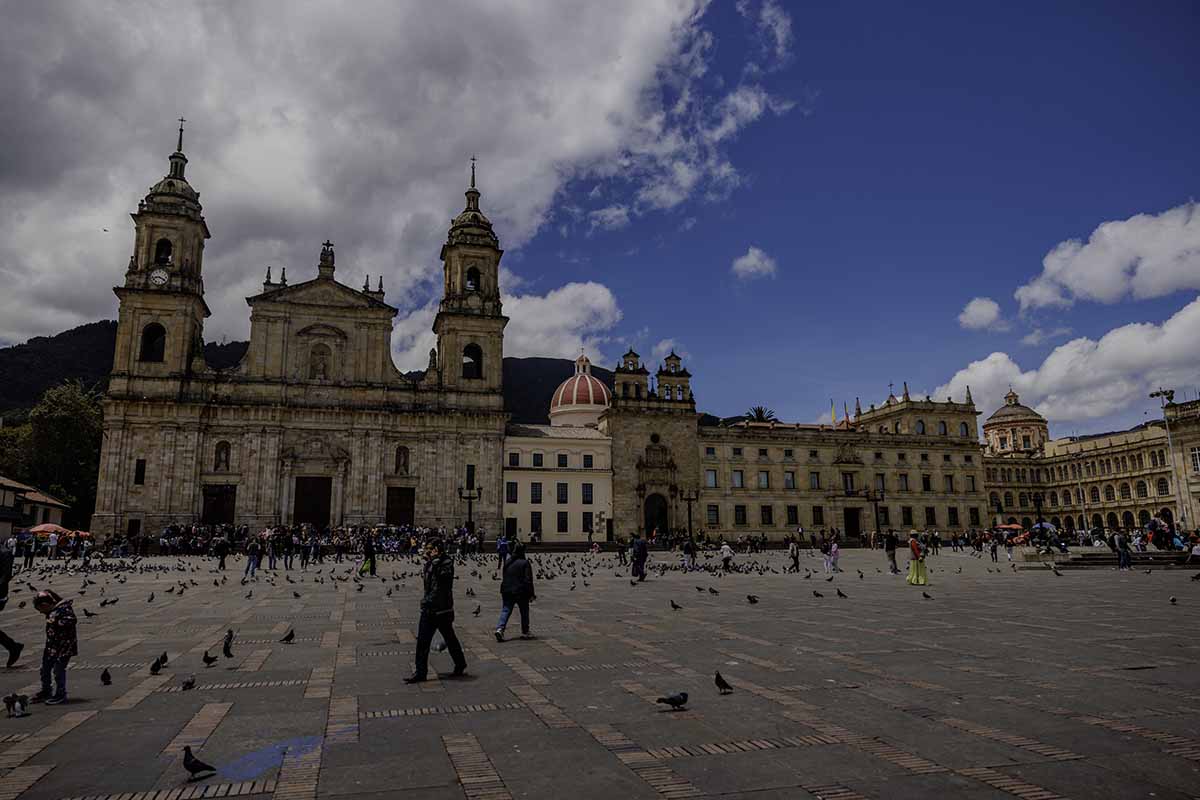
Security is tight in the tourist districts of Colombia’s capital. Police are highly visible at major attractions, and bag checks are carried out both on entry and exit at places such as the Museo del Oro and Quinta Simón Bolívar.
Bogotá is sprawling. While neighbourhoods like La Candelaria are walkable, you’ll rely on public transport or taxis for longer distances.
The TransMilenio bus is quick and inexpensive, but overcrowded at peak times and rife with pickpockets. Official yellow taxis are reliable, but agree the fare before departure or insist on using the meter. Rideshare apps such as Uber are also widely available. Never use unlicensed taxis.
4. Eje Cafetero (Coffee Region)
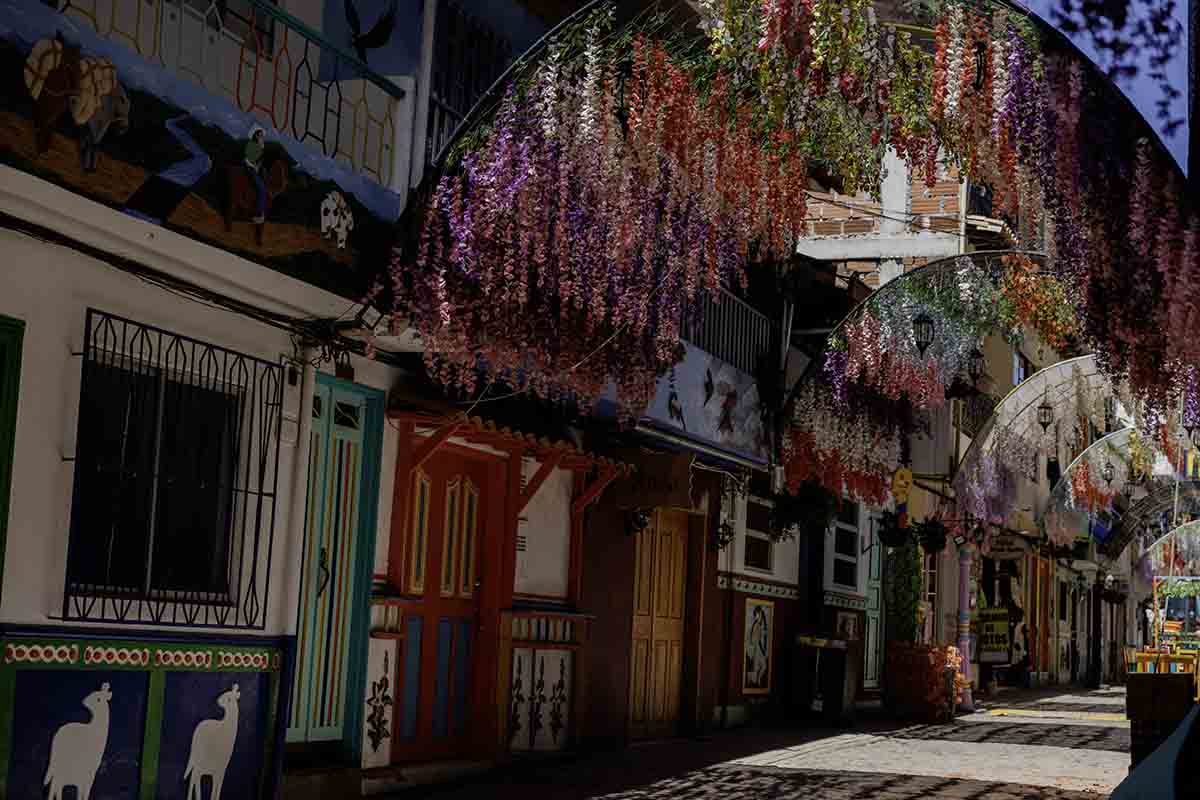
The colonial towns of the Coffee Region are a delight for solo travellers. Quaint, unspoilt, and laid-back, they feel safe and welcoming. I spent time in both Salento and Jardín, walking back after dark without issues.
This region is well worth a visit: explore coffee farms producing some of the world’s finest beans, or hike through the spectacular Cocora Valley.
Common Crimes in Colombia & How to Avoid Them
For most travellers, petty theft is the biggest risk rather than violent crime. Here’s what to watch out for:
Pickpocketing
Pickpocketing is a risk anywhere there are crowds — public transport, tourist attractions, and busy nightlife spots.
Precautions include using a zipped cross-body bag, never keeping wallets or phones in back pockets, and staying alert in crowded areas.
Mobile Phone Theft
This is one of the most common crimes. Tourists strolling around with phones in hand, earbuds in, and little awareness are easy targets for thieves on foot or mopeds.
A smartwatch is a discreet way to check maps and directions without drawing attention. Alternatively, step inside a shop or away from the kerb before pulling out your phone.
I recommend the SAMSUNG Galaxy Watch Ultra AI Smart Watch (Amazon link). I find navigating with Google Maps on its 47mm face easier than using my phone and far less likely to draw attention to you.
“Express” Muggings
These involve being forced to withdraw cash from an ATM. Though rarer nowadays, they still occur. Use ATMs inside banks or shopping centres and avoid withdrawing cash at night.
Taxi Scams
Taxis are virtually unavoidable in sprawling cities like Bogotá and Medellín, and scams do happen.
Licensed yellow cabs display their six-character licence number (three letters, three numbers) prominently on the side — note it (or photograph it) before getting in. Always agree a price in advance or ensure the meter is used.
Rideshare apps such as Uber, DiDi, and Cabify are often safer as the destination is preloaded, avoiding miscommunication. These apps also include built-in safety features, like alerts if the car remains stationary for too long.
Is Public Transport Safe in Colombia?
Colombia has a wide range of transport options beyond driving.
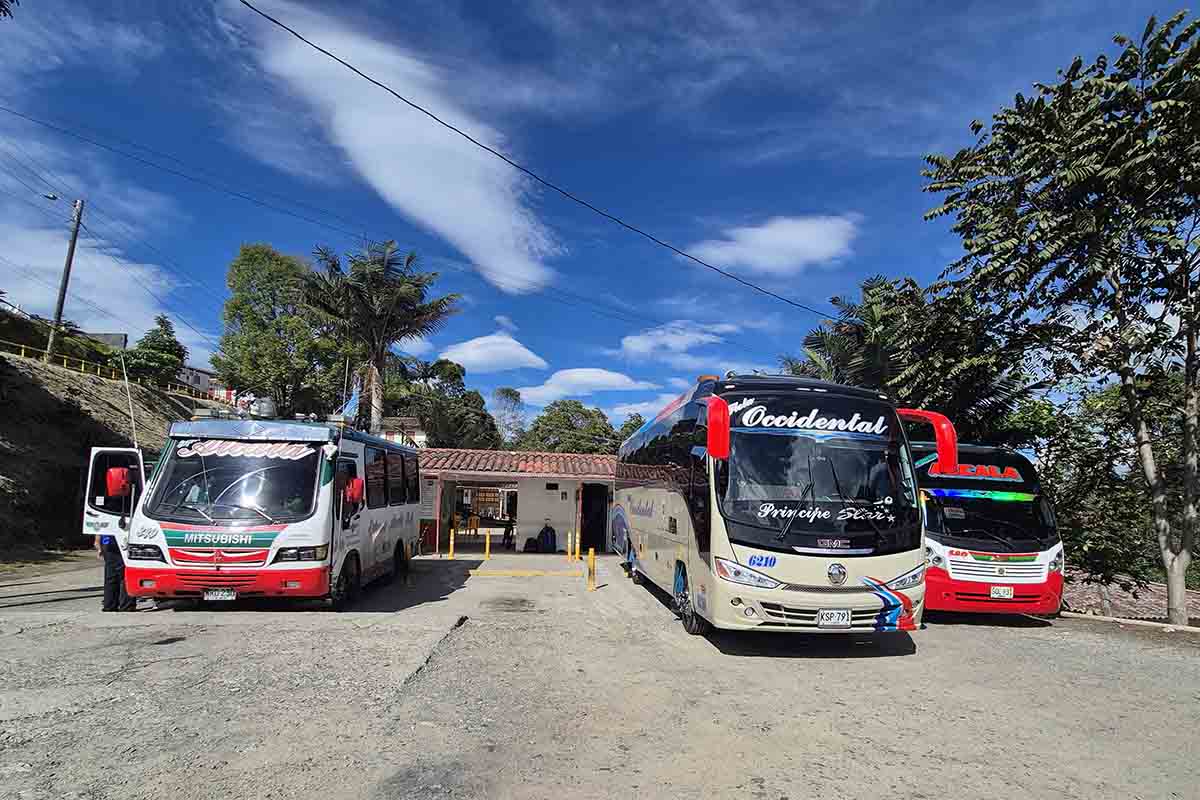
- Long-distance buses: Comfortable and generally safe, with luggage stored securely. Tickets usually need to be printed, though hotels will help with this.
- Domestic flights: Often the fastest and safest way to travel across the country. Prices can be surprisingly competitive.
- City transport: Bogotá’s TransMilenio is efficient but crowded; Medellín’s metro is cleaner and safer, though still targeted by pickpockets at peak times.
Buses can be booked online using aggregator platforms like Busbud, making those must-catch connection reservations easy. Make sure you check to see if tickets need to be printed.
Staying Connected & Safe
Being connected is a game-changer to make Colombia safe for tourists to visit. Navigation apps, translation tools, and rideshare services all help to make Colombia safe for tourists in 2025.
Things to consider include:
- Selecting UK providers like O2 who provide cost-effective international roaming packages;
- international eSIM providers such as Yesim;
- local SIM cards from Claro, Movistar, or Tigo.
Practical Tips for Staying Safe in Colombia
Is Colombia safe for tourists? Yes, for tourists who practice basic safety precautions like:
- Blend in — No des papaya. Don’t flash cash or wear conspicuous jewellery
- Learn some Spanish – English is not widely spoken
- Use trusted transport, especially at night
- Stay alert in crowds – avoid earbuds and keep valuables secure
- Limit cash – only carry what you need for the day
- Copy key documents – keep digital versions of your passport and insurance
- Check local news – protests and roadblocks can disrupt travel.
Health and Safety in Colombia
Is drinking water safe in Colombia: Technically yes, in larger cities like Bogota and Medillin, but local advice is to stick to bottled water which is cheap and readily available
To save polluting the world with single use plastic, consider a travel water bottle like this one from the Lifestraw Go Series (Amazon Link) which filters out bacteria, parasites and microplastics.
Altitude sickness: Bogotá is nearly 7,000 feet above sea level. Take things slowly and allow time to adjust.
Vaccinations: Seek medical advice before travel. Malaria risk is low, but Dengue and Zika are present — use mosquito repellent.
Sun protection: With much of Colombia at altitude, UV can be strong, even on cloudy days. Wear a wide brimmed hat, shades and sunscreen.
So, Is Colombia Safe for Tourists?
Absolutely! Colombia is safe for tourists who take sensible precautions.
Its violent past was real, but the transformation is astonishing. Tourism is growing quickly, and visitors are welcomed warmly. Infrastructure is improving, but not so much that the country feels inauthentic.
Of course, no country is risk-free. But travellers who come with open eyes and an open mind are likely to leave with warm memories — and plans to return.
Colombia is a destination that rewards curiosity. It’s for travellers ready to look beyond outdated stereotypes and embrace a country rich in culture, landscapes, and heart.
Latest Posts from Colombia
